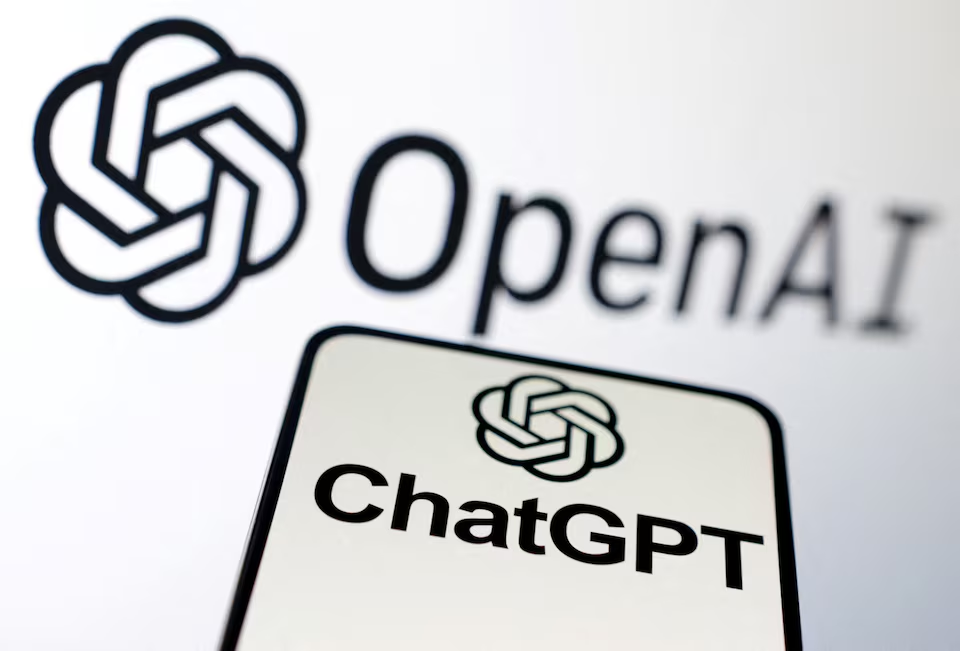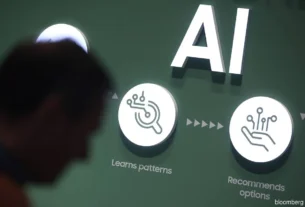In recent years, OpenAI has positioned itself as a game-changing player in the artificial intelligence (AI) landscape. Known for its cutting-edge models like GPT, which have revolutionized sectors from content creation to customer service, OpenAI’s influence continues to grow. However, the company’s enormous valuation—pegged at upwards of $90 billion—relies not just on its innovative technology but also on a radical transformation in its corporate structure.
This transformation could redefine the company’s operational model and, by extension, the tech industry at large. To fully understand the forces behind this seismic shift, we need to explore OpenAI’s current structure, the reasons for change, and what this means for the future of both the company and the broader AI sector.
The Current Structure: A Hybrid Model
A Non-Profit Rooted in Research
OpenAI was founded in 2015 as a non-profit with the mission to ensure that artificial general intelligence (AGI) benefits all of humanity. The organization was set up with clear ethical goals, promising to make its research freely available for the common good. Early on, it attracted attention for its open-source AI tools, which allowed developers around the world to build on top of their foundational work.
The non-profit structure was chosen to signal OpenAI’s commitment to advancing AI in a way that avoided the commercialization pitfalls and ethical dilemmas that other tech companies have faced. In its early years, this structure worked well, as OpenAI focused primarily on research and development.
The Shift to “OpenAI LP”
As the AI field grew increasingly competitive, and the financial stakes rose, OpenAI’s original structure proved limiting. In 2019, OpenAI made the controversial decision to form a “capped-profit” arm called OpenAI LP. This for-profit subsidiary was created to attract investors without fully sacrificing the organization’s altruistic mission.
Under the capped-profit model, investors are allowed to earn up to 100x their initial investment, after which the profits revert to the non-profit parent entity. This hybrid structure was seen as a compromise, aimed at balancing financial incentives with OpenAI’s ethical responsibilities.
While this model attracted much-needed funding, it also raised eyebrows in the AI and venture capital communities. Critics questioned whether a company that claims to be driven by the common good can still hold that position while serving private shareholders and pursuing exponential returns.
Why Change the Corporate Structure?
A Skyrocketing Valuation
OpenAI’s valuation has surged in recent years due to the runaway success of its generative AI models, such as GPT-3 and GPT-4, which have been integrated into countless applications. In particular, Microsoft’s $10 billion investment into OpenAI, tied to its Azure cloud platform, has bolstered both OpenAI’s market value and its technological capabilities.
Yet, this meteoric rise in valuation also presents a conundrum: how can OpenAI sustain such growth without drastically changing how it operates?
Industry analysts argue that the current structure, with its capped-profit model, may not be enough to sustain OpenAI’s growth trajectory. To justify its $90 billion valuation, OpenAI will likely need to raise substantial capital, scale its operations, and explore additional revenue streams, which may not align with the existing capped-profit approach.
Pressure from Investors
Investor expectations are another key reason why OpenAI is considering a corporate overhaul. Despite the capped returns, OpenAI has become a magnet for venture capital, with tech investors eager to get in on the AI boom. However, many of these investors are pushing for changes that would allow for more traditional returns on investment.
Without those changes, OpenAI risks alienating future investors who may seek more lucrative opportunities elsewhere. As competition in the AI space heats up—particularly from other giants like Google DeepMind and startups like Anthropic—OpenAI cannot afford to lose out on critical funding.
Venture capital firms often invest with the expectation of achieving 10x to 100x returns. OpenAI’s current cap limits that growth potential, prompting some investors to call for a revised structure that would allow for greater financial flexibility.
Scalability and Commercial Viability
To maintain its competitive edge, OpenAI needs to scale rapidly. Scaling not only involves improving its AI models but also expanding infrastructure, hiring top-tier talent, and conducting large-scale research that requires substantial computational power.
One of the biggest expenses for OpenAI is the computational resources required to train massive models like GPT-4. Training these models costs tens of millions of dollars, if not more, and the company has to rely on massive cloud infrastructure, which partners like Microsoft provide. As OpenAI continues to push the boundaries of AI, these costs will only increase.
The question remains: how can OpenAI balance its mission of responsible AI development with the reality of needing to remain commercially viable?
Competitive Pressures
OpenAI’s competition is growing both in number and sophistication. For instance, Google’s DeepMind continues to make strides in AGI development, and Anthropic—a company founded by former OpenAI employees—has launched its own cutting-edge AI models with a clear focus on safety and ethical AI.
Moreover, the rapid expansion of generative AI tools has prompted new startups to emerge, some focusing on niche applications like AI-powered customer service, text generation, and machine learning for industries such as healthcare, finance, and entertainment. These companies are nipping at OpenAI’s heels and, in many cases, offer more flexible corporate structures that may prove more appealing to investors looking for exponential growth.
To fend off this competition, OpenAI will need to continually invest in innovation and market expansion, both of which require significant financial backing.
The Path Forward: Potential Changes in Structure
1. Moving Toward a Full For-Profit Model
One of the most obvious ways OpenAI could adjust its corporate structure is by moving away from the capped-profit model and becoming a full for-profit entity. This would open the door to greater capital infusion, unrestricted profits, and the ability to go public through an IPO.
While this would solve many of the funding challenges, it also risks diluting OpenAI’s original mission. Transitioning to a full for-profit model may spark concerns over ethics, particularly in light of the increasing focus on the potential risks of AGI and AI misuse. Critics argue that prioritizing shareholder returns could lead to reckless AI development, placing profits over safety and societal welfare.
2. Decentralized or Open-Source Models
Another potential option is to pursue a decentralized or open-source model where the development and control of AI are democratized. This approach could encourage community participation, spread out the computational and financial burden, and further align with OpenAI’s ethical mission.
However, open-source AI raises its own set of challenges, particularly in terms of monetization and control. In a competitive market, where intellectual property is a key asset, giving away AI models for free could hinder revenue growth and diminish OpenAI’s appeal to investors.
3. Joint Ventures or Strategic Partnerships
OpenAI could also pursue more joint ventures and strategic partnerships to maintain financial sustainability while preserving its hybrid mission. Its ongoing partnership with Microsoft is a prime example of how these alliances can yield mutual benefits. OpenAI gains access to Microsoft’s cloud infrastructure and resources, while Microsoft benefits from integrating OpenAI’s AI models into its products.
Expanding this model to other sectors—such as healthcare, education, or entertainment—could unlock new revenue streams and keep OpenAI competitive without fully succumbing to for-profit pressures.
Implications for the AI Industry
1. Setting Precedents for AI Companies
Whatever changes OpenAI ultimately makes, they will set a powerful precedent for the future of AI companies. A shift in its structure could encourage other AI startups to consider alternative corporate models that balance financial growth with ethical development. It may also prompt larger tech companies to explore hybrid models that cater to both shareholder interests and social responsibility.
2. Impact on AI Safety and Ethics
One of the main concerns surrounding the commercialization of AI is the risk of undermining ethical safeguards in the race to deploy powerful AI systems. OpenAI has long been a vocal advocate for AI safety, warning of the dangers of releasing unchecked AI models into the wild. Any corporate restructuring that prioritizes profit could lead to reduced focus on these crucial ethical considerations, impacting not only OpenAI but also the broader AI ecosystem.
Conclusion: A Balancing Act
As OpenAI’s valuation continues to skyrocket, the company is facing increasing pressure to adjust its corporate structure to sustain its growth and remain competitive. The challenge lies in balancing its original mission to develop safe and equitable AI with the financial realities of the market.
Whether OpenAI moves toward a full for-profit model, adopts a decentralized approach, or seeks more strategic partnerships, its decision will have far-reaching implications for the future of AI development, investor interests, and the global tech industry.
Ultimately, OpenAI’s ability to navigate these challenges will determine whether it can uphold its mission while still justifying its massive valuation and driving the next wave of AI innovation.





